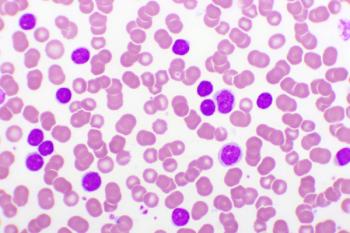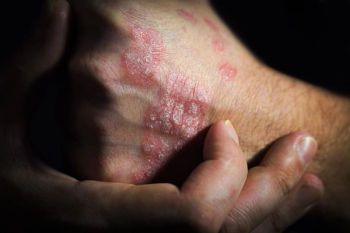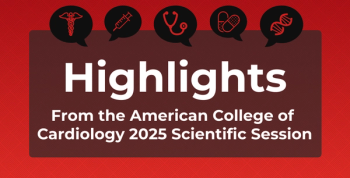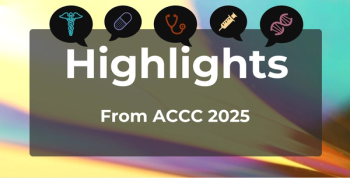
Receiving ASCT After First CR May Improve Certain Outcomes in AML
Key Takeaways
- Autologous stem cell transplantation (ASCT) shows improved DFS and RFS compared to chemotherapy in AML patients achieving complete response.
- ASCT is associated with a 50% reduction in relapse risk compared to chemotherapy, though overall survival rates are similar.
The meta-analysis found indications that autologous stem cell transplantation (ASCT) is associated with higher rates of disease-free survival and relapse-free survival, as well as lower rates of relapse compared with chemotherapy after patients achieved their first complete response (CR).
Receiving a stem cell transplant after achieving complete response (CR) may yield better outcomes than chemotherapy for patients with
The analysis, published in
The analysis comprised 17 randomized controlled trials, accounting for more than 4200 patients without a matched sibling donor. Approximately two-thirds (n = 2782) of patients received chemotherapy and 1499 patients received ASCT.
Patients receiving ASCT had a 37% increased rate of DFS (OR, 1.37; 95% CI, 1.02-1.84) based on data from 15 studies. When follow-up was less than 5 years, the OR of DFS increased to 1.50 for patients receiving ASCT (95% CI, 0.99-2.28).
“There was no significant difference in DFS when the follow-up was greater than or equal to 5 years, similar to the results previously observed in multiple experiments,” explained the researchers. “This may be related to the fact that the majority of patients in the included studies were aged 16–60 years. However, results from other trials had different outcomes, likely because the population in the present study consisted of elderly patients.”
The wide range of patient ages included in the current analysis, as well as the studies spanning 8 countries, allow for usability and objectivity of their findings, wrote the group.
Chances of RFS were also significantly higher for patients receiving ASCT, according to 3 studies. Compared with patients receiving chemotherapy, those who received ASCT had an RFS OR of 2.78 (95% CI, 1.28-6.02).
The risk of relapse, based on data from 12 studies, was halved in patients receiving ASCT compared with those receiving chemotherapy (OR, 0.49; 95% CI, 0.41-0.57). However, pooled data from the 17 studies showed no difference in OS between treatment approaches (OR, 1.12; 95% CI, 0.85-1.48), regardless of whether follow-up was less than or more than 5 years.
“Firstly, a large number of patients did not actually receive their assigned treatment due to concerns from doctors or patients related to treatment-related toxicity, poor hematological recovery, and uncertainty about treatment benefits. Therefore, the final data in some studies were not ideal,” wrote the researchers. “Secondly, there was a problem with diversity in chemotherapy regimens administered to patients receiving ASCT and those receiving chemotherapy alone, and all studies exhibited significant clinical heterogeneity.”
The group also noted that most studies included in their analysis were performed more than a decade ago, likely due to an increase in allogeneic transplant uptake in recent years.
With an increase in use of allogeneic hematopoietic cell transplantation (allo-HCT) in recent years, research has also explored the impact of this treatment approach in patients with AML. Data from a German
References
- Ge S, Wang J, He Q, et al. Auto-hematopoietic stem cell transplantation or chemotherapy? Meta‐analysis of clinical choice for AML. Ann Hematol. 2024;103:3855-3866. doi:10.1007/s00277-024-05632-z
- Bornhäuser M, Schliemann C, Schetelig J, et al. Allogeneic hematopoietic cell transplantation vs standard consolidation chemotherapy in patients with intermediate-risk acute myeloid leukemia: a randomized controlled trial. JAMA Oncol. 2023;9(4):519-526.doi:10.1001/jamaoncol.2022.7605
Newsletter
Stay ahead of policy, cost, and value—subscribe to AJMC for expert insights at the intersection of clinical care and health economics.












































